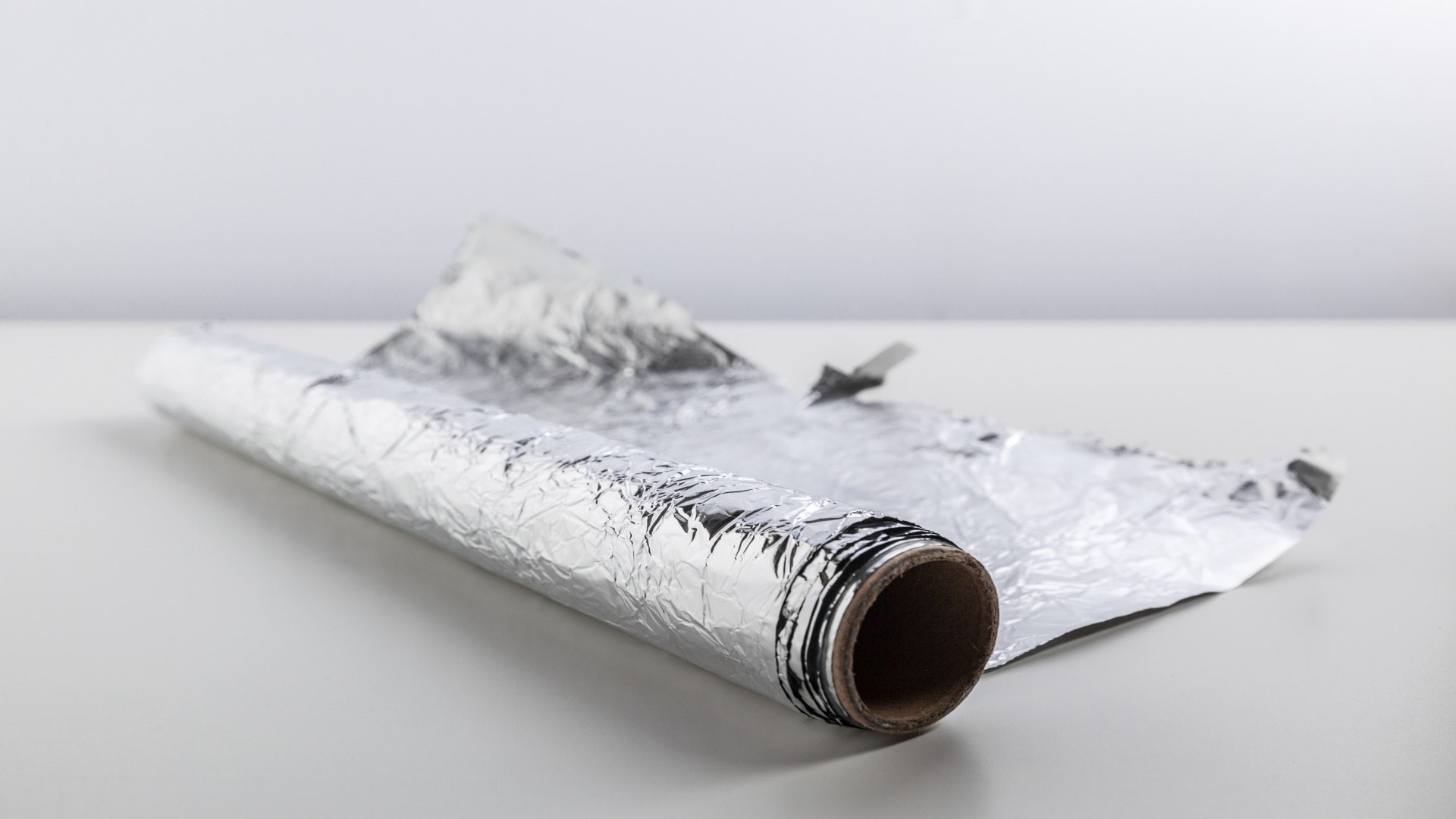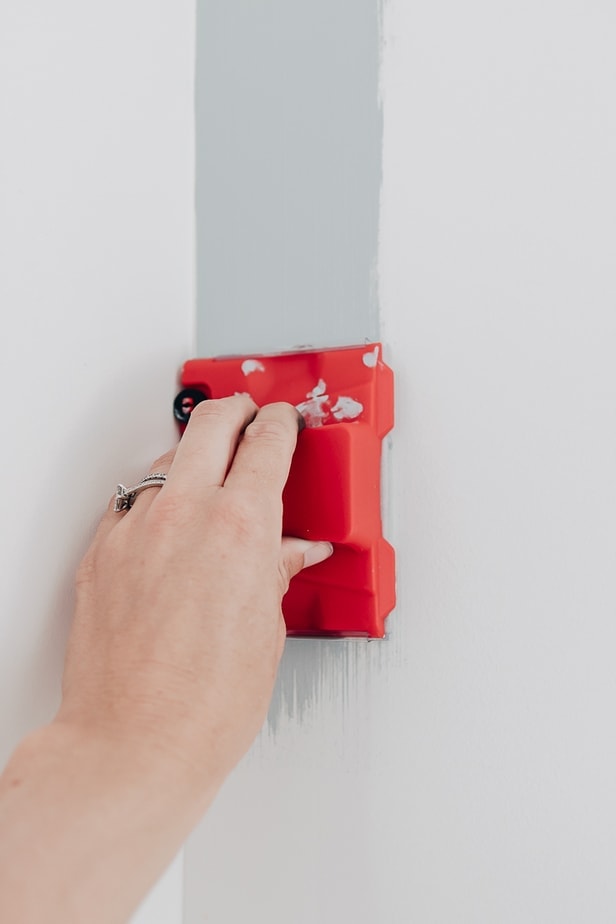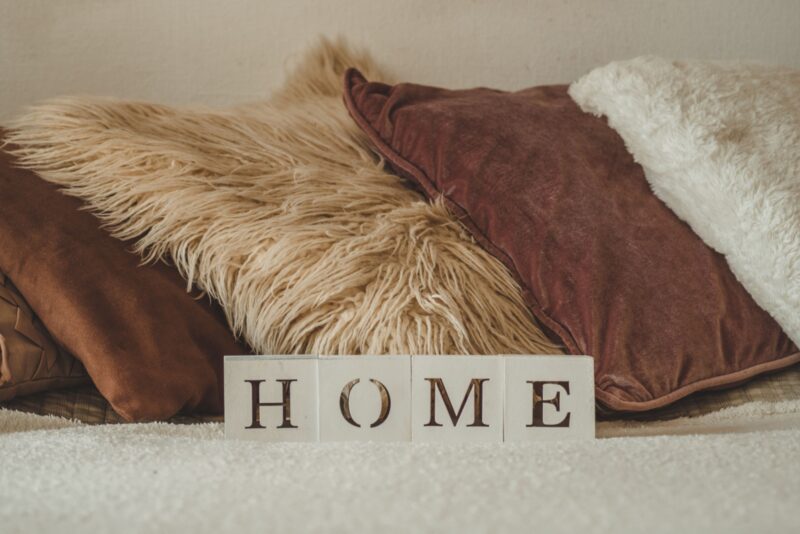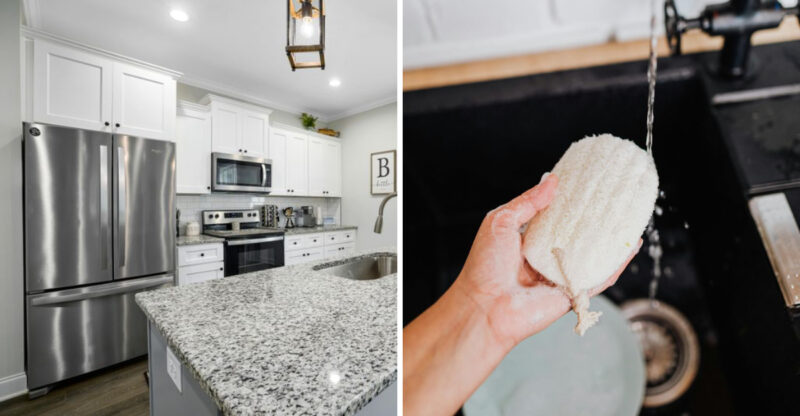Why Aluminum Foil May Not Be Suitable For Some Ovens

Aluminum foil seems like a kitchen superhero – it wraps, covers, and helps us cook. But this shiny helper isn’t always welcome in every oven.
Using foil incorrectly can damage appliances, affect your food, or even create safety hazards. Before you reach for that silver roll, let’s explore why aluminum foil might not belong in certain cooking situations.
Always check your oven’s manual before using aluminum foil or alternatives. The tips in this article are general and may not suit every appliance.
1. Aluminum Foil In The Kitchen: Friend Or Foe?
That trusty roll of foil plays two roles in your kitchen. While great for wrapping leftovers or lining baking sheets, aluminum foil conducts heat intensely – sometimes too well!
Many newer ovens have sensitive heating elements that can be permanently damaged by direct foil contact. The metal reflects heat unevenly, potentially creating hotspots that burn food in some areas while leaving others undercooked.
2. Why Your Conventional Oven Might Not Love Foil
Placing foil on the bottom rack might seem like a good idea for catching drips, but manufacturers strongly advise against it. The foil can trap heat, causing temperatures to spike beyond what your oven’s thermostat registers.
Over time, this excessive heat may warp interior surfaces or damage the oven’s enamel coating. Some models have hidden heating elements specifically designed to prevent direct contact with anything that might cause damage.
3. The Microwave Dilemma: Foil And Sparks Don’t Mix
Remember the sparks when metal accidentally went into your microwave? Aluminum foil creates the same dangerous fireworks display. The microwave’s electromagnetic waves bounce off metal surfaces, creating electrical arcs.
These sparks can damage the microwave’s interior, start fires, or even ruin the appliance entirely. The thin edges of foil are particularly problematic as they concentrate electrical charges, making them perfect spark generators.
4. Safe Alternatives To Aluminum Foil
Silicone baking mats offer non-stick performance without reflective properties that interfere with heating elements. They’re reusable, environmentally friendly, and designed specifically for oven use.
Parchment paper provides another excellent alternative for lining baking sheets. For covering dishes, consider investing in oven-safe glass containers with lids. These alternatives prevent the risks associated with foil while often performing better.
5. Smart Cooking Tips For A Beautiful, Functional Kitchen
When you absolutely must use foil, keep it at least one inch away from all heating elements. Never completely cover oven racks with foil as this disrupts proper air circulation.
For catching drips, place a cookie sheet on a lower rack instead of lining the oven floor. Always check your oven’s manual – many manufacturers clearly outline foil safety guidelines to prevent damage and protect warranties.






